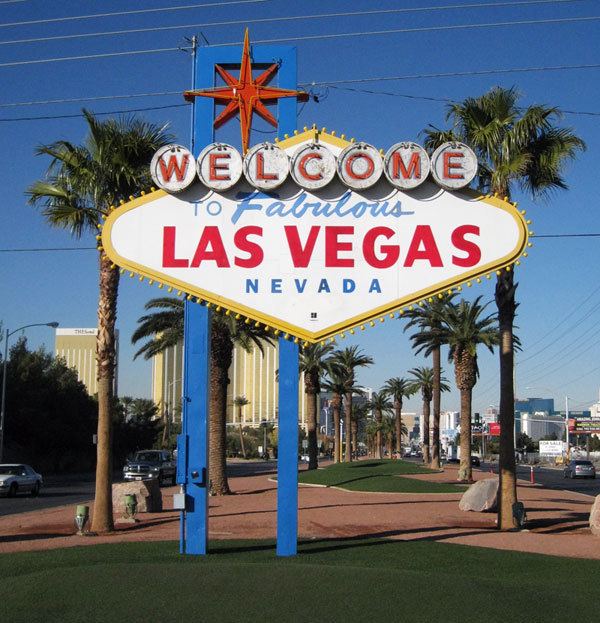Date opened 2000 No. of animals Over 2,000 Area 8,825 m² | Floor space 95,000 sq ft (8,800 m) No. of species Over 100 Opened 2000 | |
 | ||
Location Las Vegas, Nevada, Nevada, United States Volume of largest tank 1,300,000 US gal (4,900,000 l) Address Mandalay Bay, 3950 S Las Vegas Blvd, Las Vegas, NV 89119, USA Hours Open today · 10AM–10PMFriday10AM–10PMSaturday10AM–10PMSunday10AM–8PMMonday10AM–8PMTuesday10AM–8PMWednesday10AM–8PMThursday10AM–8PMSuggest an edit Exhibits Touchpool, Golden Crocodile, Caribbean Reef, Temple | ||
Shark reef at mandalay bay las vegas
The Shark Reef Aquarium at Mandalay Bay is a public aquarium located at and owned by the Mandalay Bay Resort and Casino in Las Vegas, Nevada. Its main tank is 1,300,000 US gallons (4,900,000 l), one of the largest in North America. The facility is 95,000 sq ft (8,800 m2), and displays numerous different species of sharks, rays, fish, reptiles, and marine invertebrates. It also features a shark tunnel. The reef was developed in consultation with the Vancouver Aquarium.
Contents
- Shark reef at mandalay bay las vegas
- History
- Conservation and sustainability
- Devils Hole pupfish
- Jungle
- Komodo dragon
- Other animals
- Touch pool
- Shipwreck main tank
- Great hammerhead shark
- Shark ray
- References
History
The exhibits opened in 2000. In 2007, it underwent a re-branding campaign adding "Aquarium" to the official name. Shark Reef Aquarium officials stated that the re-branding is intended to present the actual nature of the habitat, as members of the public sometimes confused Shark Reef as a name for a bar, lounge, restaurant, etc.
In 2012, Shark Reef Aquarium replaced the signage and audio-wands of each exhibit with various interactive touch screens throughout the facility.
Conservation and sustainability
Members of the Shark Reef staff participate in the "Adopt-a-Cove" program to aid in the clean up of Lake Mead. Within the map and guide handed out at the park, they offer an "In Good Taste" guide that folds up into a business card size pamphlet to promote sustainable seafood choices. The information found within this guide is credited to the Monterey Bay Aquarium Foundation. Throughout the various exhibits, there is signage to educate the audience about the dangers of shark finning, introducing invasive species (like lion fish), and various other harmful practices.
Devil's Hole pupfish
In May 2005, two adult male Devil's Hole pupfish were moved from Devils Hole and two adult females were moved from a refuge at Hoover Dam to the Shark Reef at Mandalay Bay in hopes of augmenting the population. These fish are not found on exhibit and can only be seen in the classroom facility during backstage tours.
Jungle
The jungle is where you can find various reptiles and above ground animals such as golden crocodiles or a Komodo dragon.
Komodo dragon
On June 20, 2008, Shark Reef at Mandalay Bay received a Komodo dragon from the Miami MetroZoo. He is currently at the Jungle Temple exhibit at the aquarium.
Other animals
After the 10th birthday, they added a Burmese python and two green tree monitors in the Jungle Temple.
Touch pool
Within the temple, the Shark Reef offers a touch pool where attendees can have a hands on approach of several marine species. Common species found within the touch pool include horseshoe crabs, and various rays. Every now and then the touch pool becomes a temporary home to baby zebra sharks.
Shipwreck / main tank
The shipwreck tank, touted as the third largest in North America, is home to several endangered and threatened marine species including green sea turtles, sand tiger sharks, and green sawfish.
Great hammerhead shark
Shark Reef Aquarium was the first closed-system aquarium in North America to exhibit a great hammerhead shark. The female juvenile was less than four feet long when she was accidentally caught off the coast of Florida. The shark was successfully flown into Mandalay Bay in August 2001 on a record 16-hour flight in a special transportation tank designed specifically for it. It remained in a private quarantine tank for 2.5 years until the in-house aquarium husbandry team decided it had grown large enough where it would not fall prey to the other sharks in the exhibit tank. It measured six feet long when it was finally introduced among big public fanfare into the 1.3 million gallon tank on November 3, 2003 for public exhibition. After more than a year on exhibit, the specimen died suddenly and unexpectedly on December 16, 2004. A necropsy later attributed an intestinal infection as the cause of death. The specimen had grown to 6.5 ft (2.0 m) and weighed in at 95 lb (43 kg) at time of death.
Shark ray
On Shark Reef's 10th birthday, they placed a bowmouth guitarfish on exhibit, the new resident.
